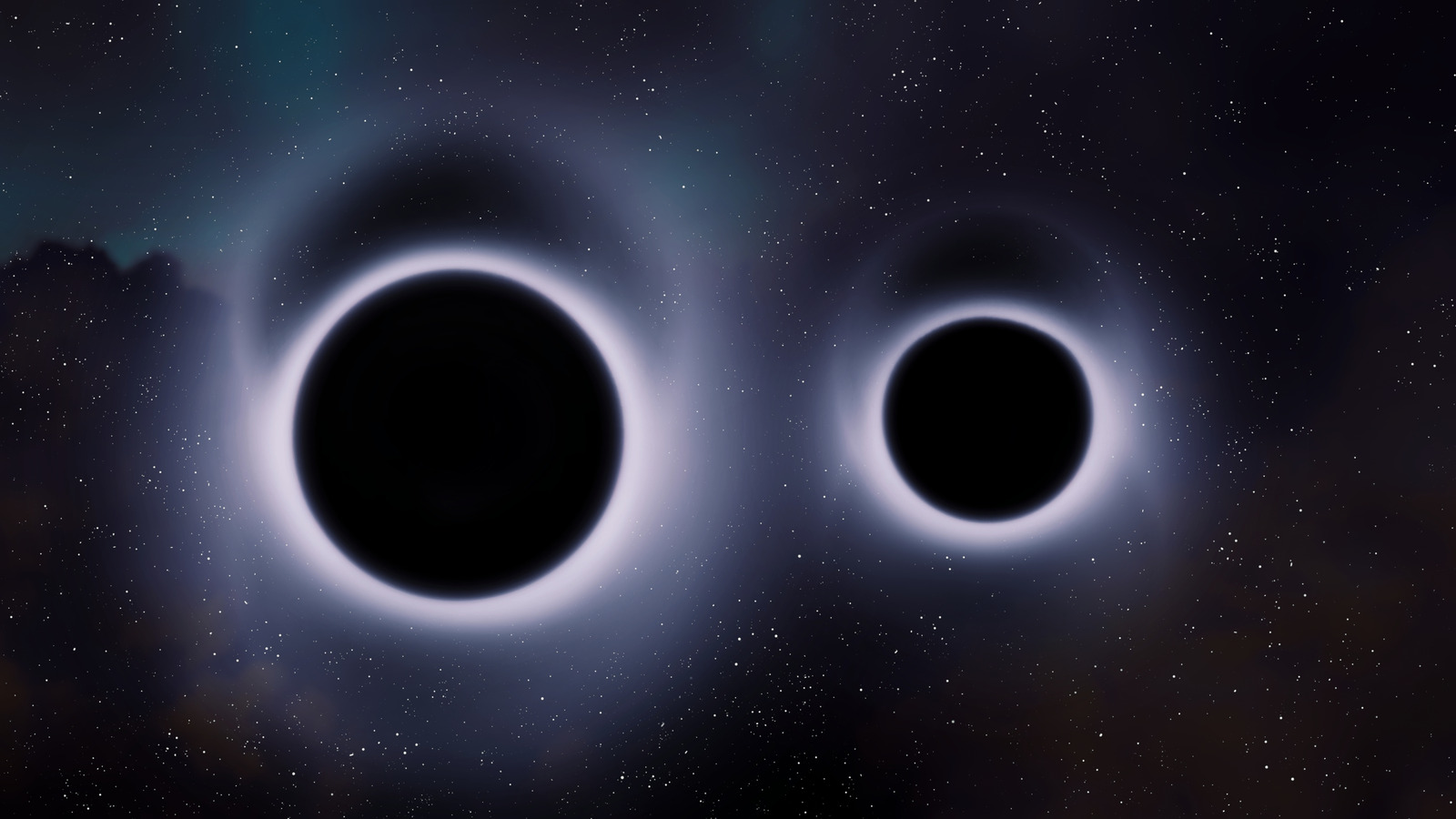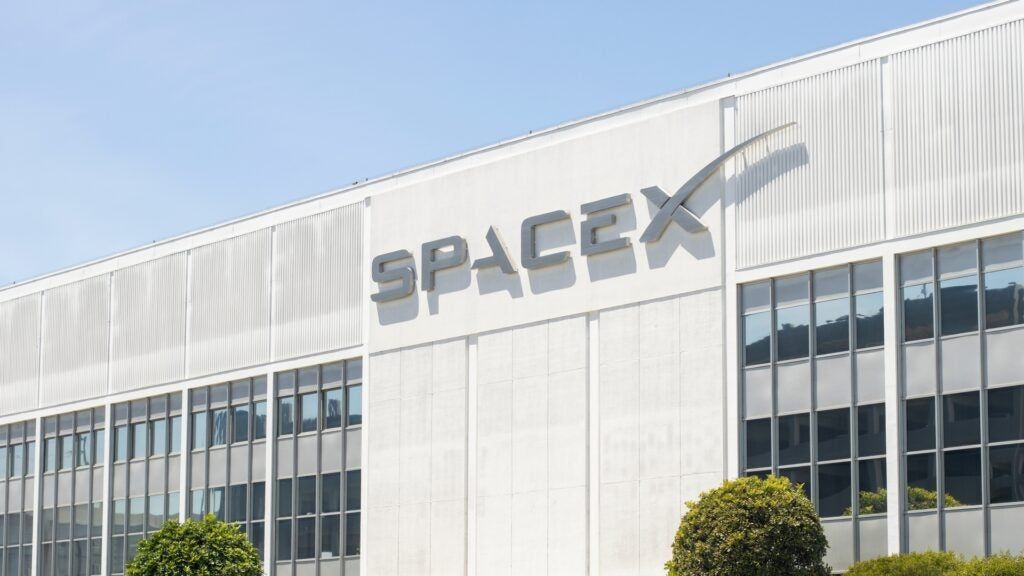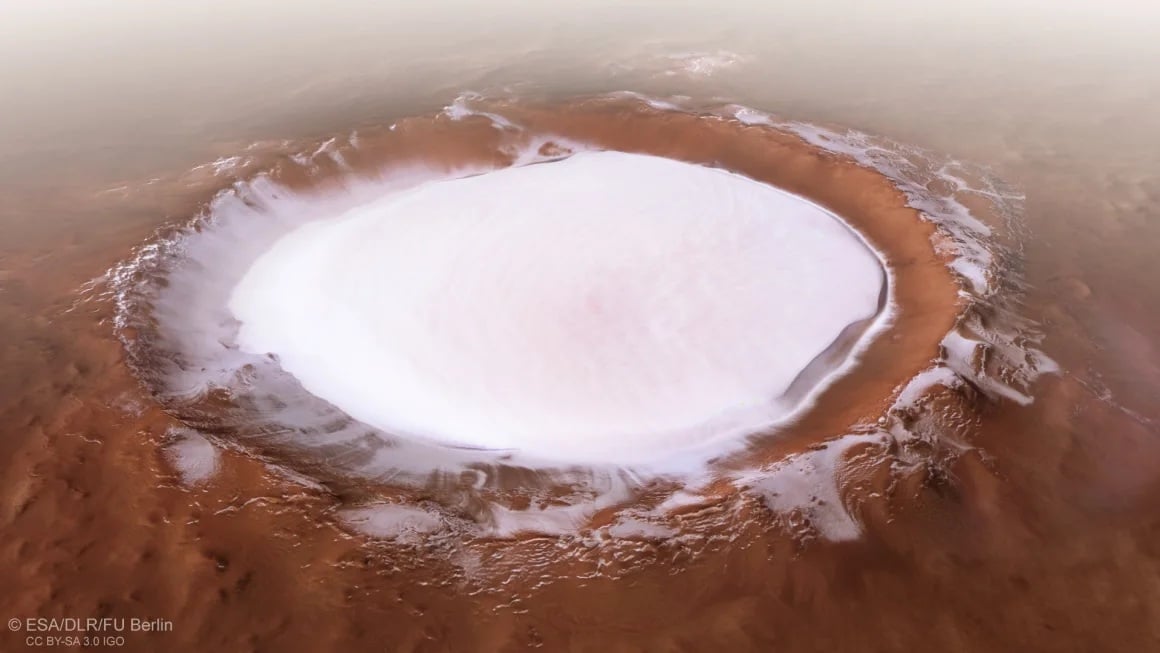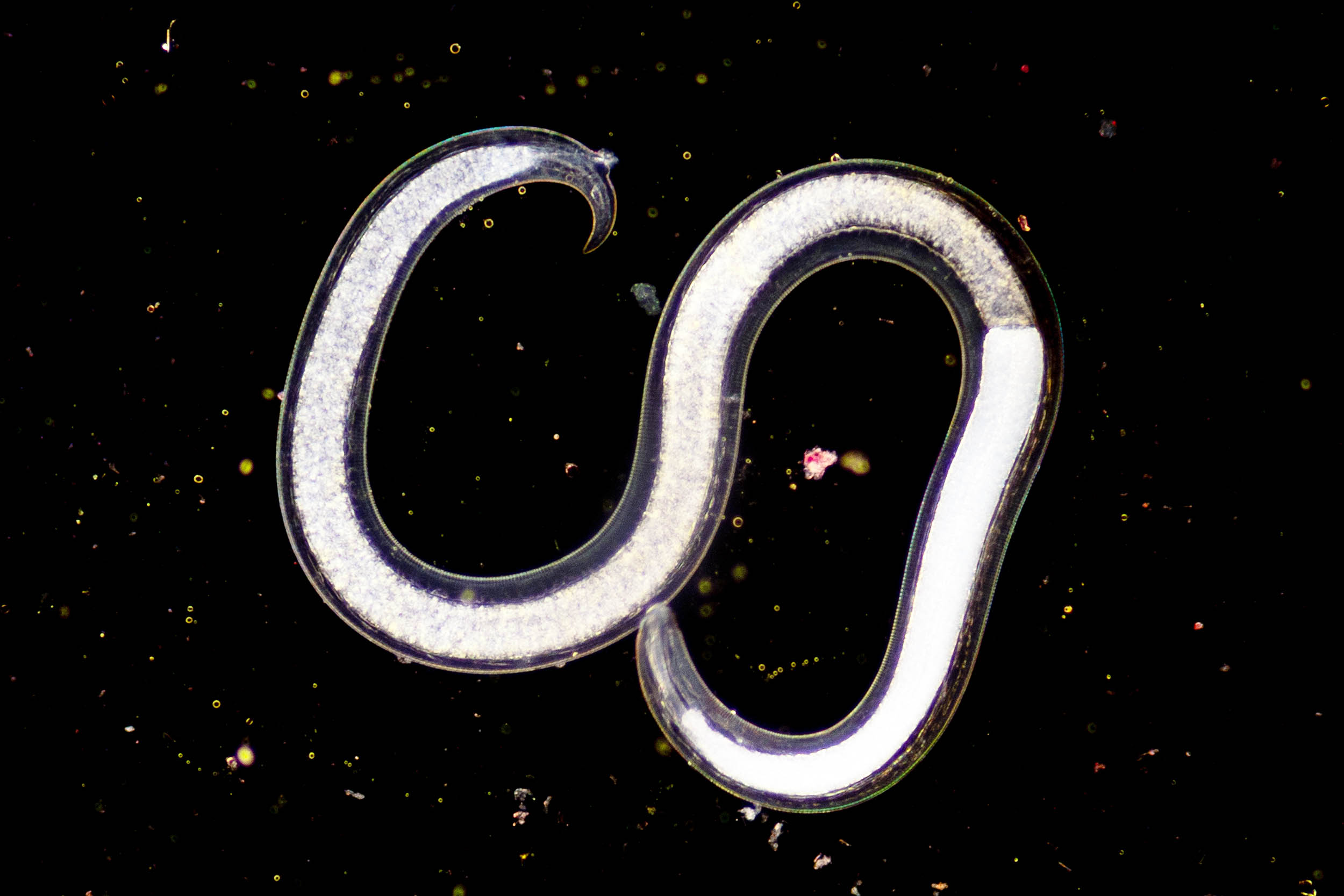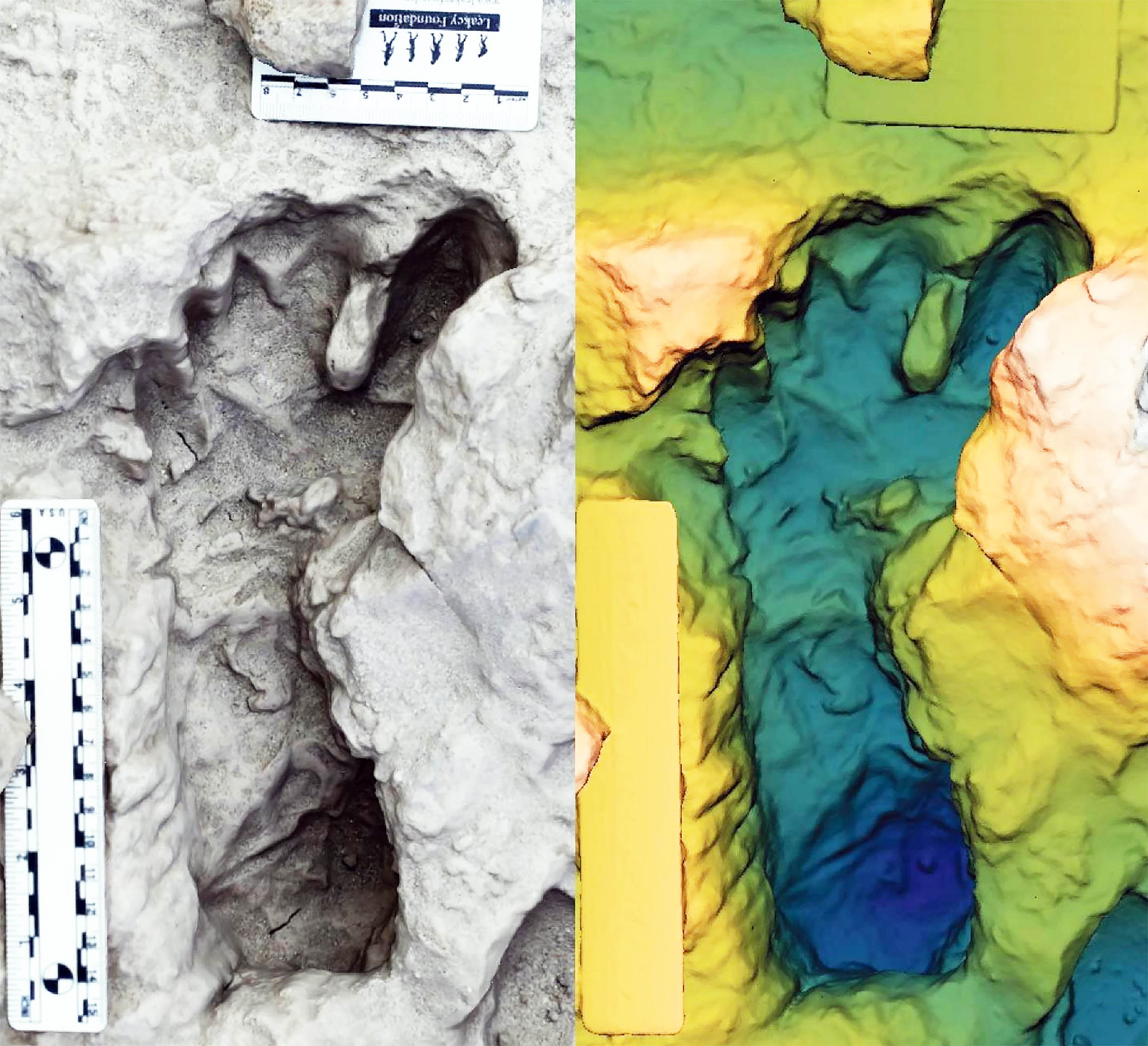Unbelievable Comet 3I/ATLAS Defies Logic with Sunward Jet: Is It Alien?

Imagine a comet not just flying through space but actually defying the laws of cosmic behavior! The interstellar comet 3I/ATLAS, discovered on July 1, has left astronomers scratching their heads with its strange activity. Captured in stunning detail by the Hubble Space Telescope, this cosmic wanderer is challenging everything we thought we knew about comets.
When scientists dug into archival data from multiple telescopes, they stumbled upon bizarre patterns that raised eyebrows across the scientific community. One jaw-dropping revelation came from the Two-Meter Twin Telescope in the Canary Islands, which captured an extraordinary image in August. It showed a faint jet extending 3.7 miles from 3I/ATLAS’s nucleus, pointed directly at the Sun! Now, comet tails typically blow away from the Sun thanks to solar radiation—a phenomenon that makes this observation utterly unprecedented.
But that’s just scratching the surface. Avi Loeb, a Harvard astrophysicist, has been vocal about the implications of these findings. He pointed out in a blog post that the object appears to be composed of nickel tetracarbonyl, a compound typically manufactured by humans. “What is this anti-tail phenomenon, and why are experts overlooking it?” Loeb questioned, challenging the scientific consensus that 3I/ATLAS is just another comet.
Even earlier, Hubble captured a similar peculiar glow from the comet, which was ten times longer than it was wide, resembling a jet directed at the Sun. Loeb dramatically compared this revelation to discovering a family pet with a tail sprouting from its forehead—bizarre yet intriguing!
Recent images from the Keck II Telescope in Hawaii further confirmed that 3I/ATLAS is spewing a plume containing four grams of nickel per second, with zero trace of iron—a first in cometary history. This anomaly has left many puzzled, as nickel and iron usually appear in equal amounts in known comets.
The New York Post quoted Loeb explaining, “This was never observed for any other object.” He emphasized the uniqueness of this alloy, commonly utilized to strengthen materials in the aerospace industry, hinting at a potential link to industrial processes rather than natural cosmic occurrences. It’s almost as if we’re witnessing a cosmic mystery unfolding right before our eyes.
As excitement builds, skywatchers are eagerly anticipating the release of images from NASA’s Mars Reconnaissance Orbiter. These shots, taken when 3I/ATLAS passed within 12 million miles of Mars, promise to provide the most detailed view of this puzzling comet. However, delays linked to the ongoing U.S. government shutdown have postponed the unveiling. But when they finally arrive, will these images help solve the riddle of 3I/ATLAS, or will they only deepen the mystery?











